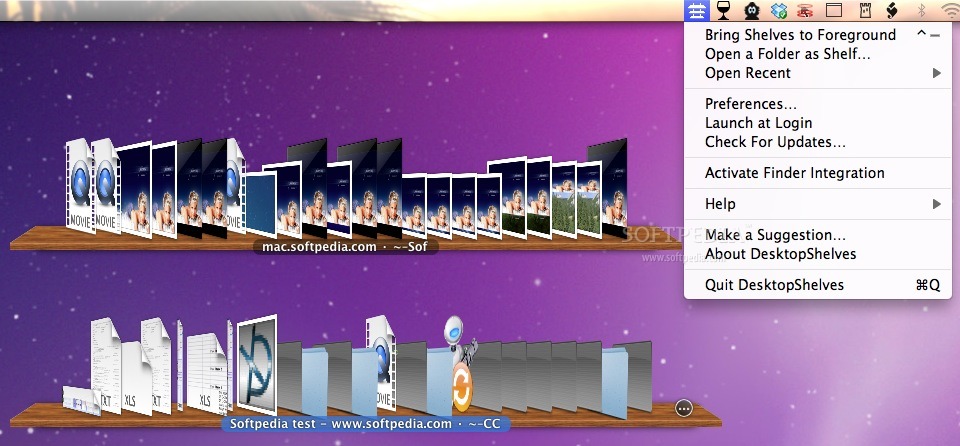

This keeps using blocks consistent with using always being the first token. does the unsafe modifier come before or after the using keyword.
using X = int? remains legal as this is a top-level value type, not a reference type.įor unsafe code, should the syntax be using unsafe X = int* or unsafe using X = int*. using X = List remains legal as there is no top-level NRT, just an interior NRT. It is an error to have an alias to a top-level NRT type. Then, what does it mean if that alias is used in a context that doesn't allow nullable? Is that an error, a warning, or is the nullable annotation silently ignored? Specifically, does the alias have to be an a #nullable enable region? Or can it be located anywhere. What are the semantics of a NRT nullable type with an alias. It will be an error if using unsafe X = T* would be ok, but the user has not passed the /unsafe flag to the compiler. Regardless if 'X' is not referenced anywhere in the code. It will be an error if using unsafe X = T* is written and T is not a type that is valid to take a pointer to. Using a pointer type in an alias not marked with unsafe will be an error. However, they must be written in the form using unsafe X = T* So we'd likely want this to be legal, with an error if you then use XPtr in an safe context.Īliases to pointers are allowed. Using aliases are in a location that generally cannot be marked unsafe. Similarly, what are the semantics of a pointer type in an alias. Be careful with this issue, at time of this writing, on Server 2012 R2, the computer name alias will show up on the second machine you run it on.- : 'using' identifier '=' namespace_or_type_name ' ' + : 'using' 'unsafe'? identifier '=' namespace_or_type' ' Solution: This computer name alias already belongs to another machine. Problem #3: "The system cannot open the device or file specified." You can see the modification attempt via the packet capture data below. Solution: The user ID must have Write permissions to msDS-AdditionalDnsHostName on the object within Active Directory. In my example, I didn't have an IP address. Solution: Make sure you have connection to the domain controller. Problem #1: "The specified domain either does not exist or could not be contacted." Netdom computername /remove:īelow are some troubleshooting tips if you run into errors when trying to create a computername alias. Swap "add" for "remove", and you're good to go. The ability to remove the alias is just as easy. If you run setspn -l you can see the list of all SPN records created. This can also be verified once the above sets of steps are completed. 
The most important reason to do all of this work is to have all of the Kerberos magic done for you. This will output a list of all computer names associated with this object. We know the DNS entry exists, but how can we confirm the computer object contains all of the appropriate aliases? If we stick with my IIS01 machine, we can run: netdom computername iis01 /enum The most important part to confirm is after we have finished all of this work. It'll save you from modifying SPNs manually and no CNAME mess. It'll register the DNS A record, register additional SPNs, and add OptionalNames registry key. This will allow you to securely access SMB shares. Query for the machine and entries you submitted via PowerShell. Open DNS and look for your entry (sort by name or IP address)ġb. To confirm, do one of the two following steps:ġa. Enter the command as below, and you're done.Įxample: Netdom computername IIS01 /add: You need to run as an elevated Powershell (or command prompt) window. To create a computer name alias, it's a very simple process. Aliases pointing to a computer name, not an IP address.What benefits does using a DNS CName provide? Eliminate the need and risk of editing the registry for "DisableStrictNameChecking" and "OptionalNames" keys.Automatic DNS entry updates for DNS A Records.Automatic SPN management for Kerberos authentication.

What benefits does using computer aliases provide?
#Desktopshelves use alias windows
Starting with Windows Server 2008, we added functionality to be able to create a computer alias. In the past, we used to set the registry key DisableStrictNameChecking to be able to add a DNS alias to connect via a name (such as ). Graeme Bray here with an article around using Computer Name Aliases instead of DNS CName records. First published on TechNet on Jun 19, 2017







 0 kommentar(er)
0 kommentar(er)
